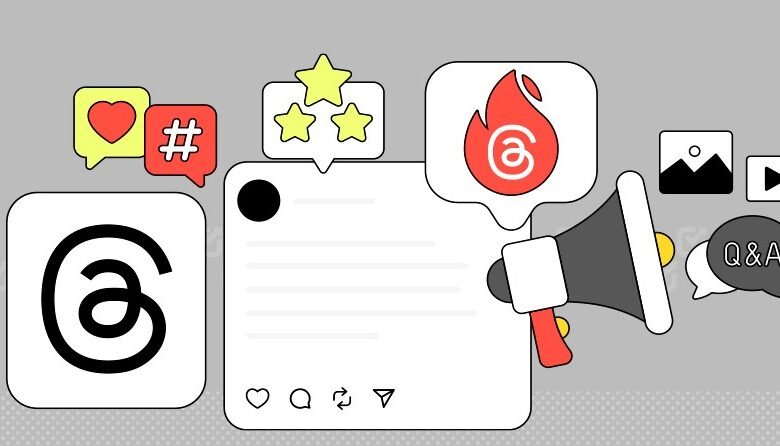How to Write a Story That Goes Viral in 2025

In the age of rapid digital consumption, writing a story that goes viral in 2025 demands more than just creativity. It requires an intricate understanding of audience behavior, platform algorithms, and emotional triggers. The digital ecosystem is saturated, but the right story can still cut through the noise. This guide explores how to master the craft of writing stories that capture attention, evoke emotion, and encourage sharing in today’s hyper-connected world.
EXPLORE THE CONTENTS
Understand the Psychology Behind Viral Content
The first step to writing a viral story is understanding why people share content. In 2025, content sharing is heavily influenced by psychological factors like identity, emotion, and social currency. People are more likely to share stories that align with their values, represent who they are, or provoke strong emotional responses like joy, surprise, or outrage.
To tap into this, study successful viral content. Platforms like TikTok, Instagram Reels, and YouTube Shorts offer a wealth of case studies. Look at what triggers people to comment, repost, or tag friends. A viral story isn’t just well-written—it’s emotionally resonant.
Know Your Audience Intimately
A viral story is tailored to its audience. In 2025, analytics tools and AI-driven audience insights provide writers with unprecedented data. Use tools like Google Analytics, Meta Audience Insights, or Reddit’s demographic tools to understand who you’re writing for.
Is your story aimed at Gen Z, Millennials, or Boomers? Is your target audience in the U.S., India, or Brazil? Cultural references, slang, and even pacing need to match your readers’ preferences. Stories that go viral often feel like they were “written just for me” to the reader.
Start with a Powerful Hook
In a world of eight-second attention spans, your story must start with an irresistible hook. This could be a shocking fact, a relatable anecdote, or a provocative question.
For example:
- “She opened the envelope and saw the one thing she never expected.”
- “Would you betray your best friend to save a stranger’s life?”
Effective hooks immediately grab attention and entice readers to continue. The first few seconds determine whether someone keeps reading or scrolls past.
Craft Relatable Characters
Relatable characters are the heart of any viral story. In 2025, audiences crave authenticity. Whether your story is fiction or non-fiction, your characters must feel real—flawed, nuanced, and emotionally complex.
Give your characters realistic motivations and challenges. Let your readers see themselves in the protagonist. When people emotionally invest in characters, they are more likely to share the story to express their own feelings or experiences.
Leverage Timely and Trending Topics
Virality often hinges on timing. In 2025, trends can emerge and vanish in a matter of hours. Use trend-tracking tools like Google Trends, Twitter/X hashtags, and TikTok Discover to stay updated.
Weave trending topics into your narrative in a natural, organic way. For example, a story that subtly integrates a current tech advancement (like AI integration in daily life) can resonate strongly if published during a peak interest period.
Use Visual Storytelling Techniques
In 2025, visual storytelling is more powerful than ever. Incorporate multimedia where possible. This includes embedded images, short videos, or interactive elements like polls or comment threads.
Even in written stories, use vivid descriptions to paint mental pictures. Show, don’t tell. Instead of saying “He was sad,” describe his trembling hands, the silent tears, and the long stare out the rain-covered window. Evocative imagery enhances emotional impact.
Master the Art of Emotional Pacing
Emotional pacing is crucial in viral storytelling. Your narrative should take the reader on a journey with emotional highs and lows. Avoid a flat emotional tone.
Begin with curiosity, build suspense, hit emotional peaks, and offer catharsis or a twist ending. The emotional rollercoaster keeps readers hooked and more likely to share because it gives them a memorable experience.
Integrate Share-Worthy Moments
Think of your story in “shareable slices.” Include lines or moments that readers can quote or screenshot. These could be powerful one-liners, plot twists, or moral takeaways.
A good test: If a sentence can stand alone and still be impactful, it’s share-worthy. These moments become the hooks for social sharing and online discussions.
Optimize for Platform Algorithms
Virality is not just human-driven—platform algorithms play a huge role. Whether you’re publishing on Medium, Substack, LinkedIn, or social media platforms, you must optimize for discoverability.
Use strategic formatting (headlines, subheaders, bullet points), keyword optimization, and relevant hashtags. Algorithms favor content that performs well quickly, so encourage early engagement through your network or email list.
Make the Ending Worth the Journey
Many stories lose steam by the end. A viral story must finish strong. This could be with a shocking twist, a feel-good resolution, or a provocative call to action.
The ending should reward the reader for their time and leave them with a feeling or thought they want to share. An emotionally or intellectually satisfying ending increases the chances of social sharing.
Encourage Engagement and Community
In 2025, engagement equals visibility. Encourage readers to comment, share their opinions, or tag others. Pose open-ended questions at the end of your story.
Build communities around your storytelling. Consider running serialized content or interactive polls that involve readers in shaping the narrative. Viral stories often thrive within engaged micro-communities before reaching the mainstream.
Utilize AI for Feedback and Improvement
Take advantage of AI writing tools not just for content creation but for testing tone, clarity, and structure. Tools like Grammarly, Jasper, or even predictive analytics models can forecast a story’s potential virality.
Use AI feedback loops to A/B test hooks, analyze reading patterns, and refine your narrative strategy. In 2025, storytelling is as much a science as an art.
Promote Strategically After Publishing
Even the best story needs a promotion strategy. Post your story in relevant forums, newsletters, and groups. Use scheduling tools to reshare content during optimal hours across different time zones.
Leverage influencers and micro-influencers to amplify your reach. A single retweet or mention can spark the virality process if your story has the right DNA.
Track Metrics and Learn
After your story is live, track performance metrics such as
- Shares
- Comments
- Time spent reading
- Scroll depth
These metrics help you understand what worked and what didn’t. Use insights to refine future stories. Viral storytelling is an iterative process, and every post teaches you more about your audience.
Final Thoughts
Writing a story that goes viral in 2025 is a fusion of emotion, timing, technology, and authenticity. It’s about connecting deeply with readers while navigating the ever-evolving digital landscape. While there are no guaranteed formulas, aligning with the right principles dramatically increases your chances.
Create with heart. Analyze with data. Promote with intention.
And always remember: behind every viral story is a writer who took a risk, told a truth, or sparked a conversation the world didn’t know it needed.







